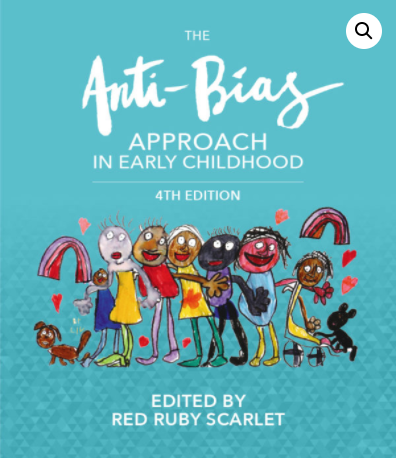Caring for Children with an Intersex Variation
A recently published chapter:
Zavros-Orr, A (2020) Caring for Children with an Intersex Variation. The Anti-Bias Approach in Early Childhood (4th Edition), Red Ruby Scarlet (Ed.) p97-102.
This chapter explores practical, ethical and human rights considerations associated with the care of children with intersex variations in early childhood education settings.
The book is the definitive Australian text addressing an Anti-bias approach in early childhood and is widely used in pre-service teacher education programs.
If you wish to purchase this book, it is available from link below.
Intersex refers to being born with genetic, chromosomal, hormonal or physical sex characteristics that do not fit normative notions of ‘male’ or ‘female’ bodies. These may be evident at birth or become evident at subsequent stages of life. Intersex is not a gender identity or sexual orientation. Only some individuals may use the term intersex. Some might use other terms, such as the name of the variation (e.g. Turners, Swyers, Klinefelter etc.). They may use acronyms such as AIS or chromosomal descriptors (eg 45,X/46,XY mosaicism). People with intersex variations may view their bodies as being male, female, both or non-binary. Intersex people may be, heterosexual, transsexual, bisexual, same-sex attracted or asexual.

